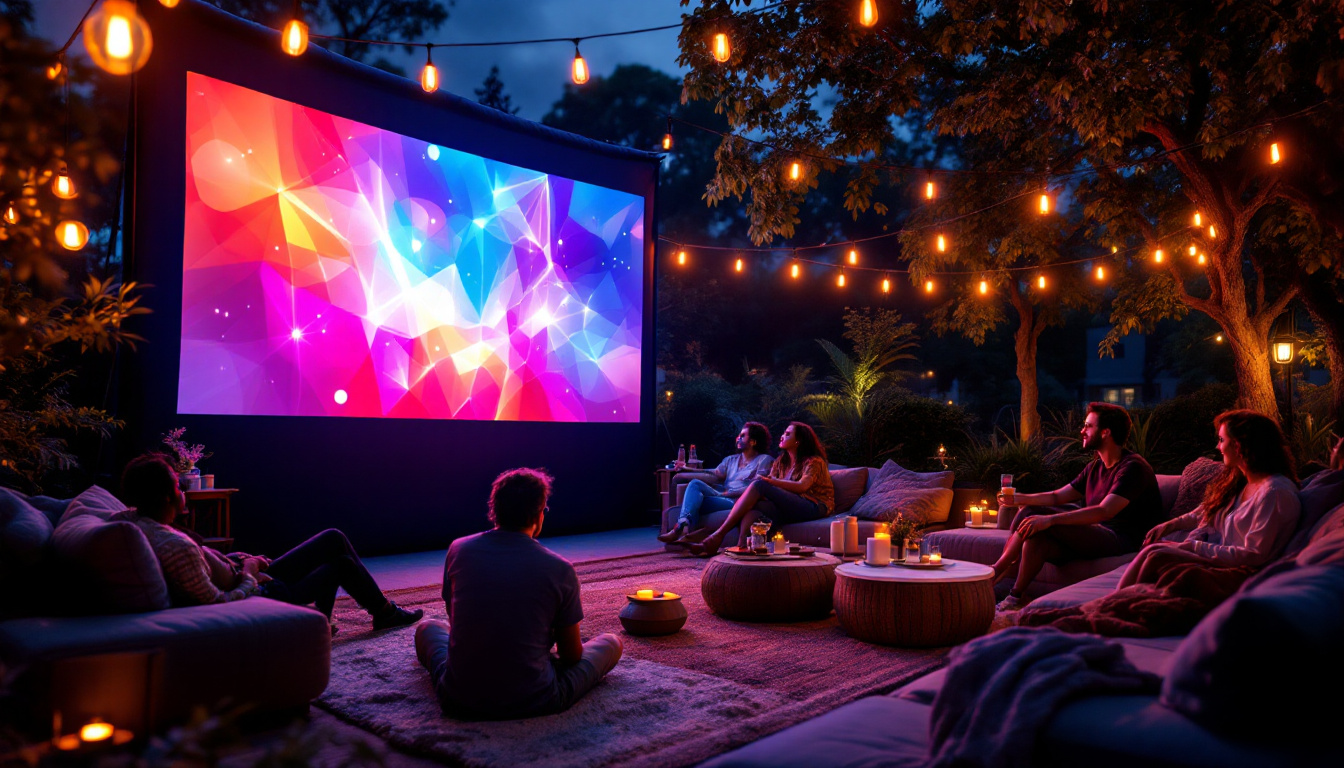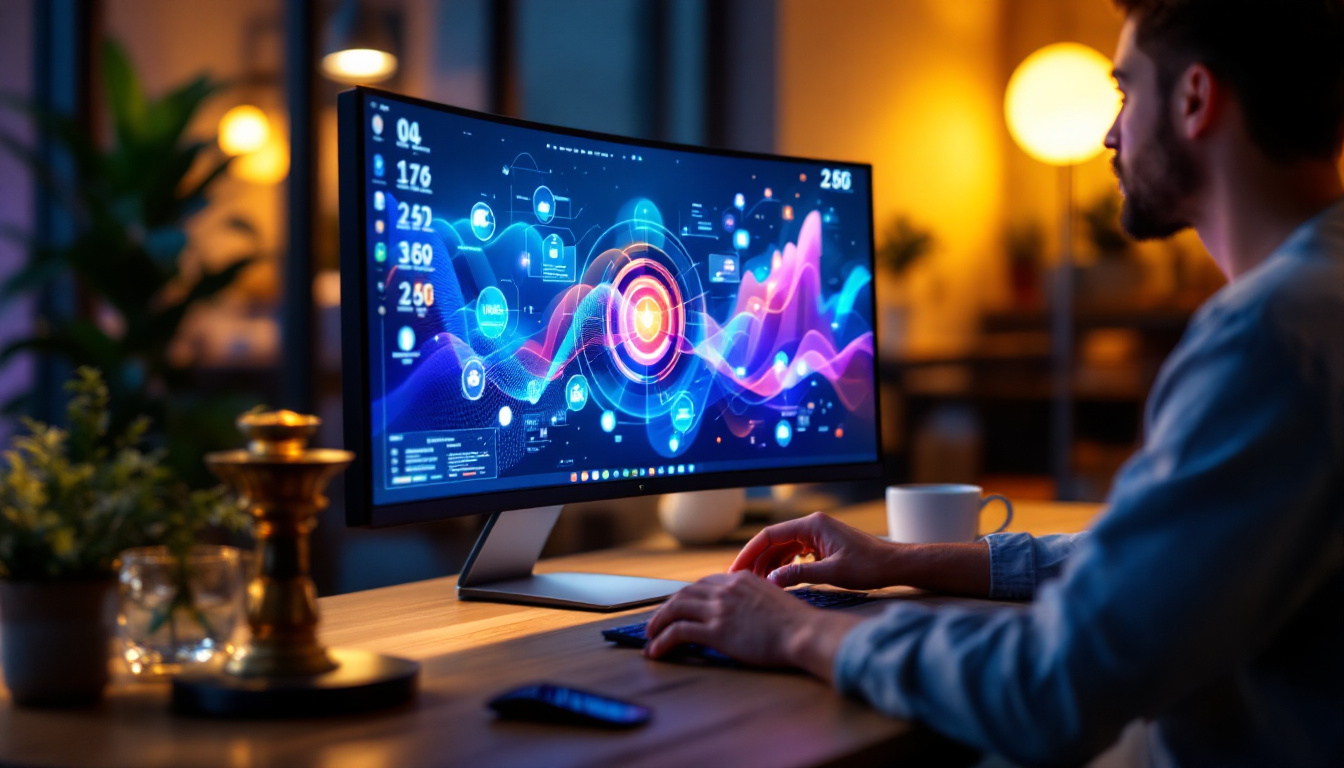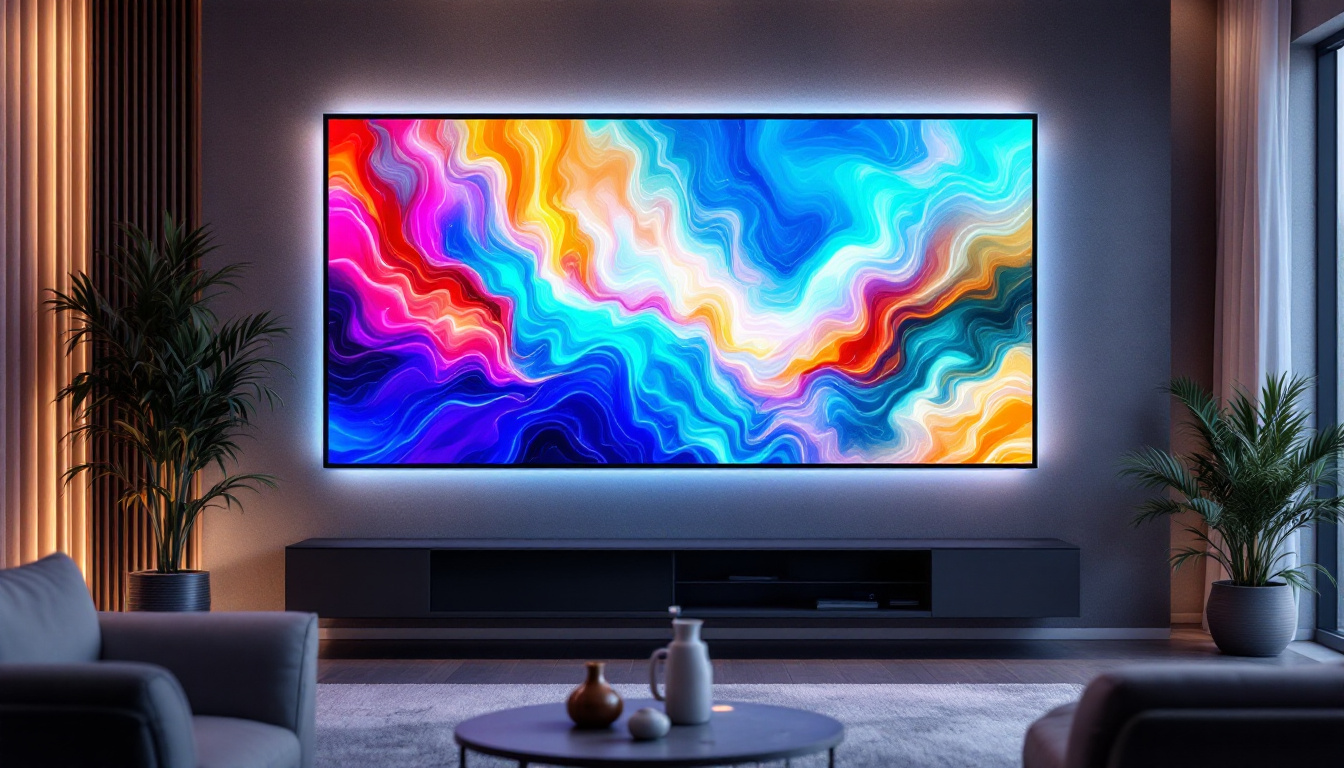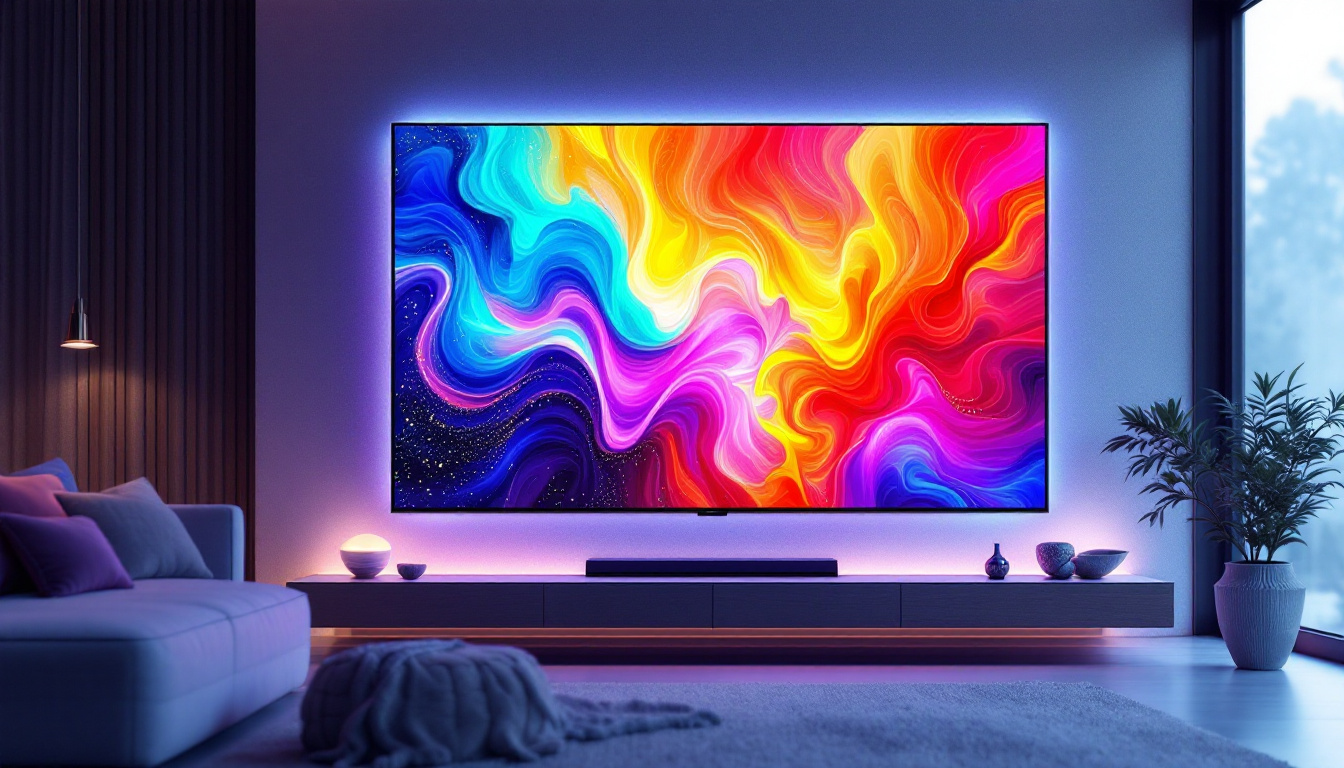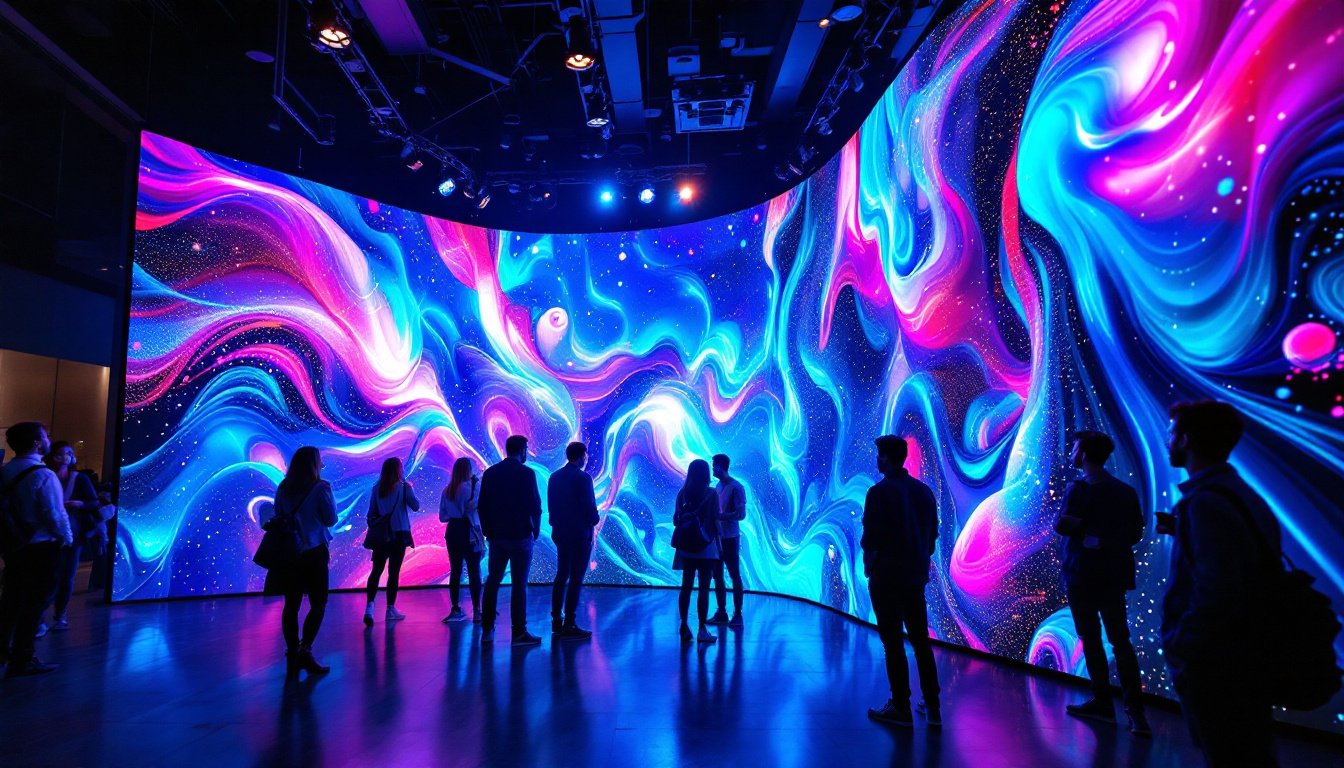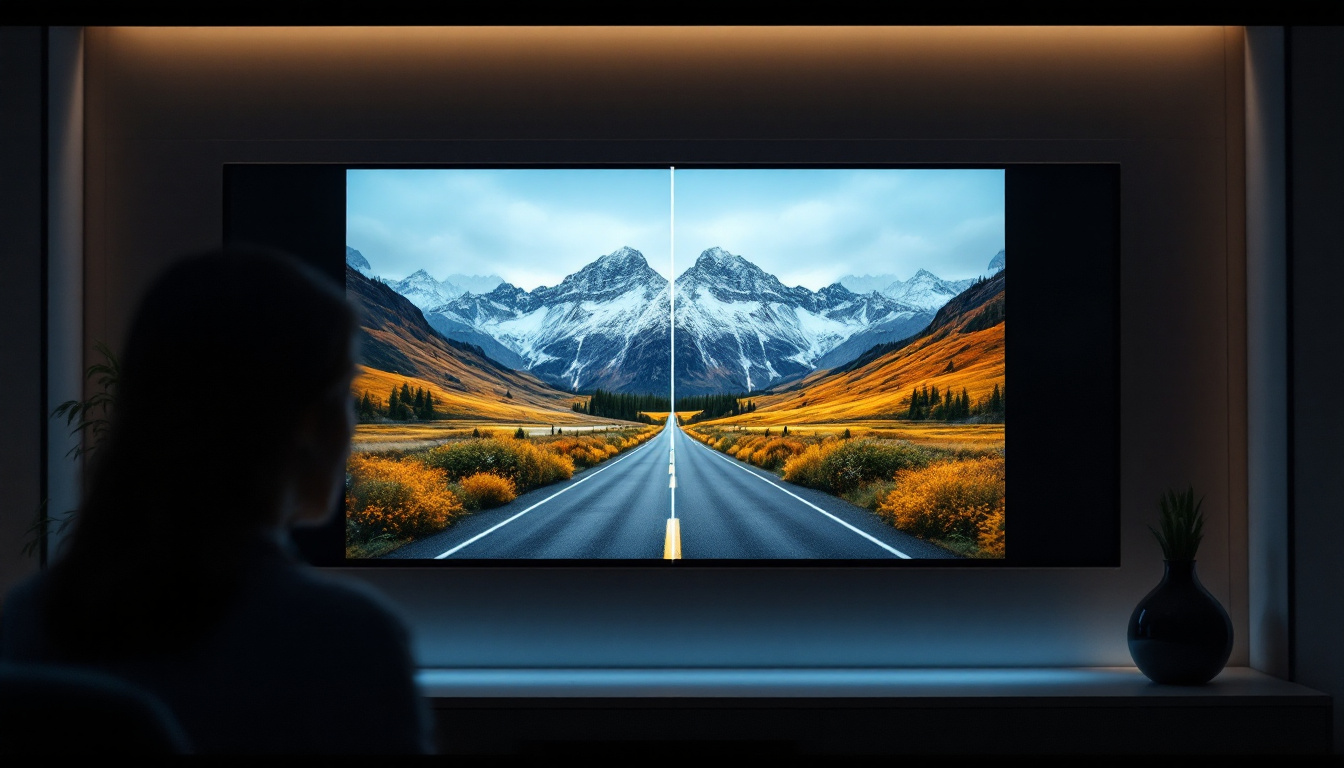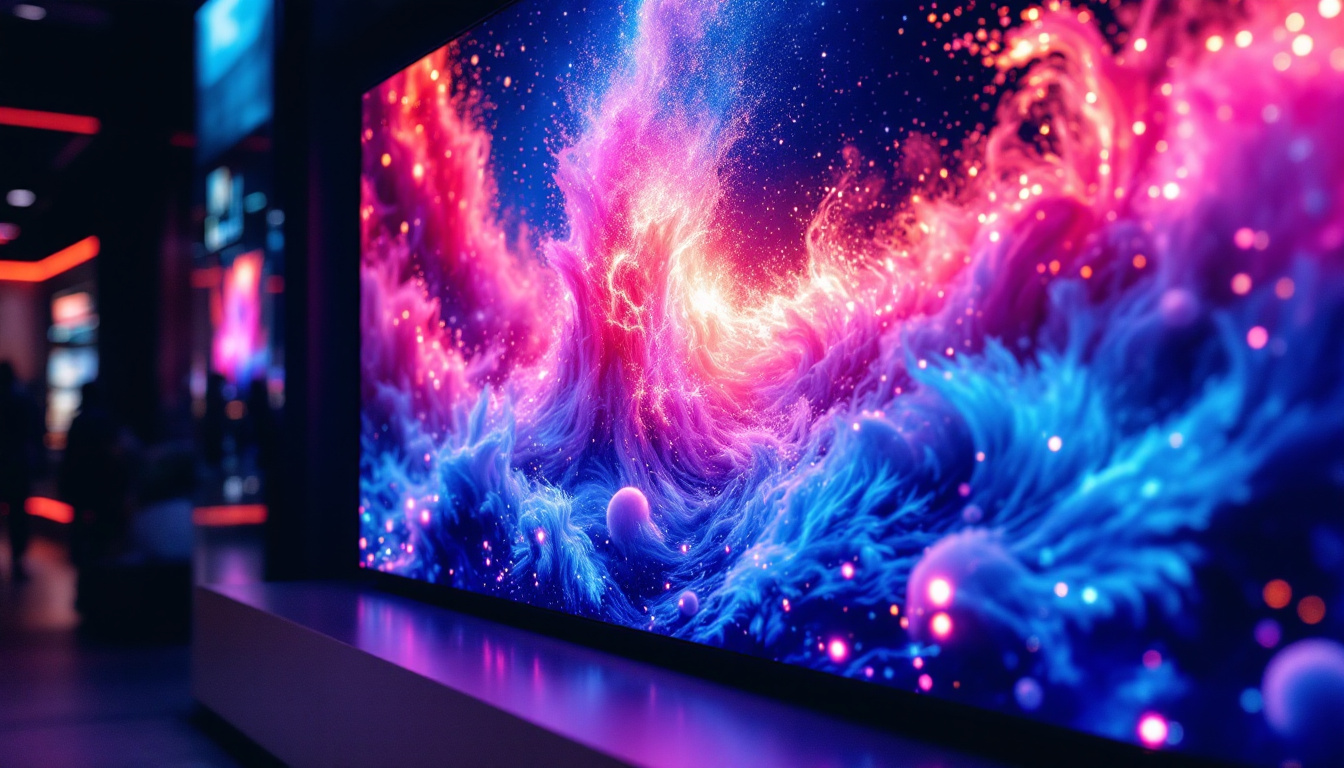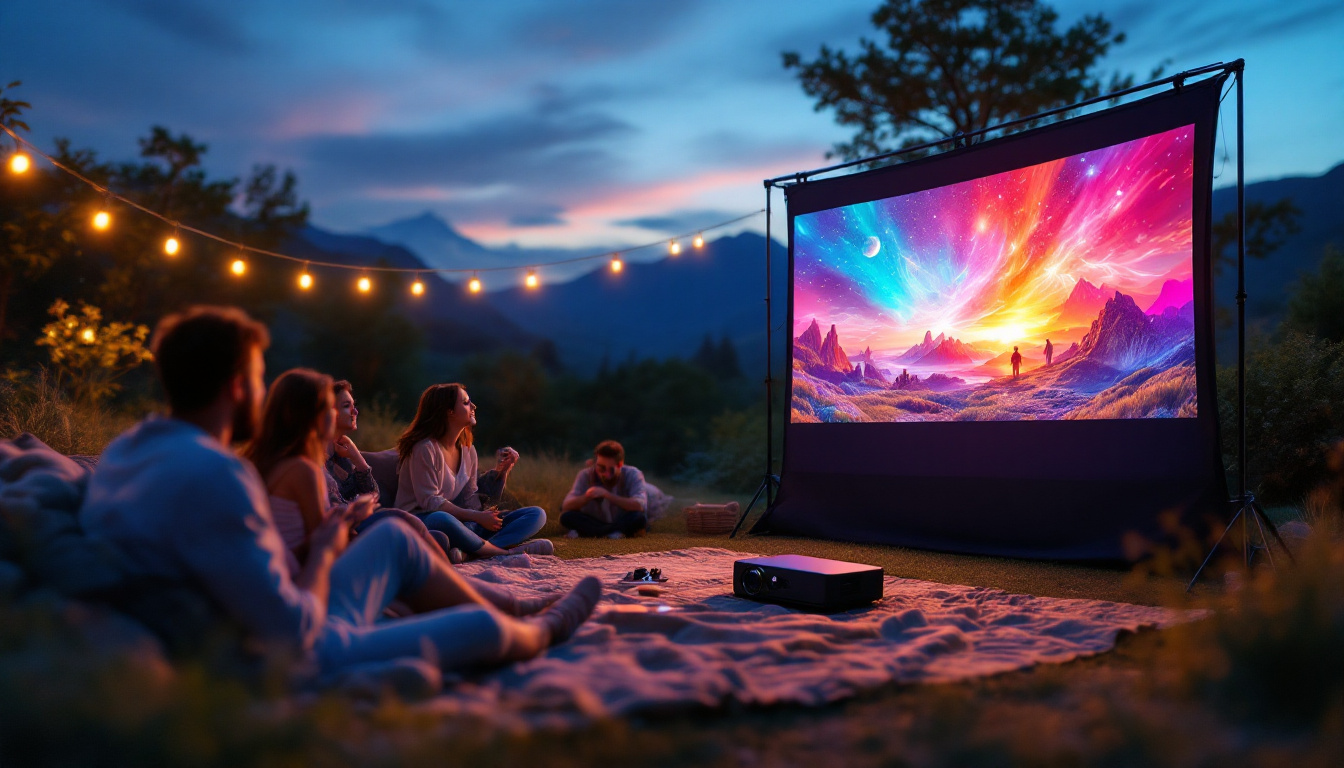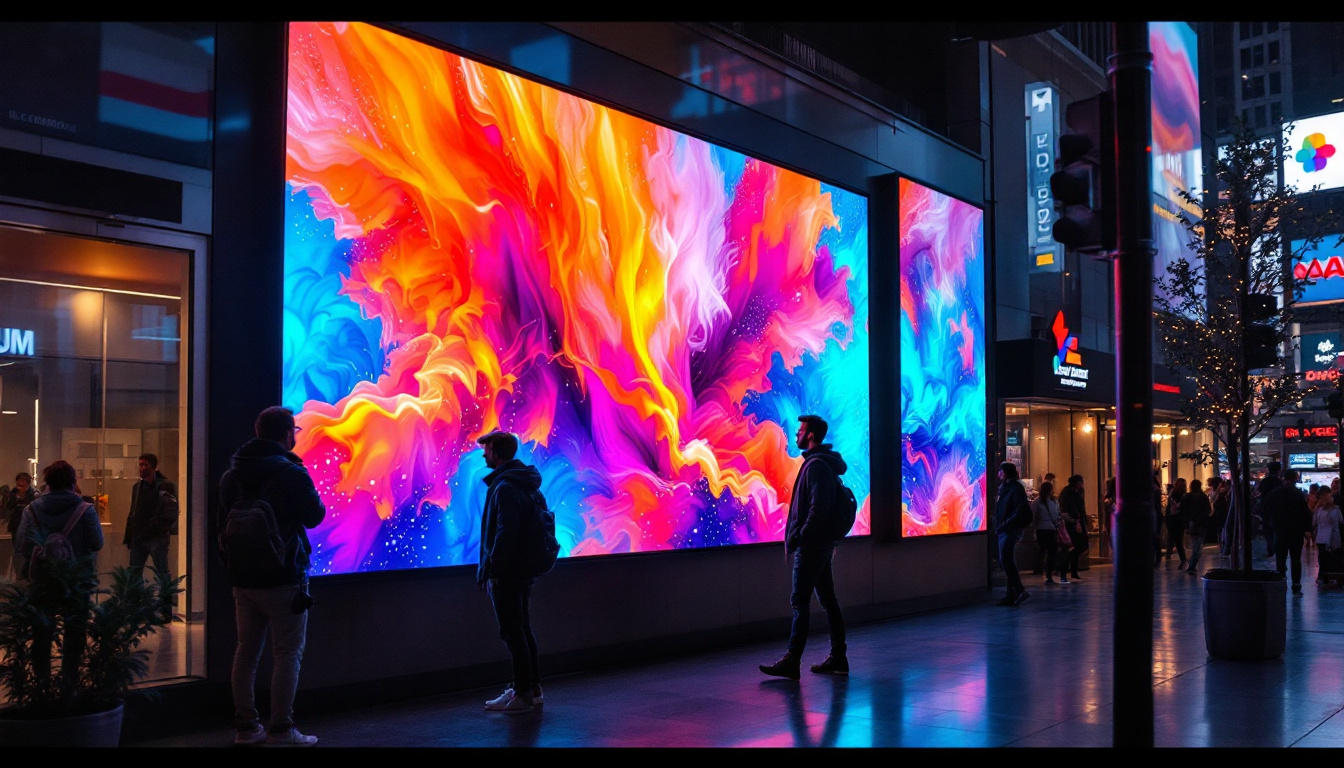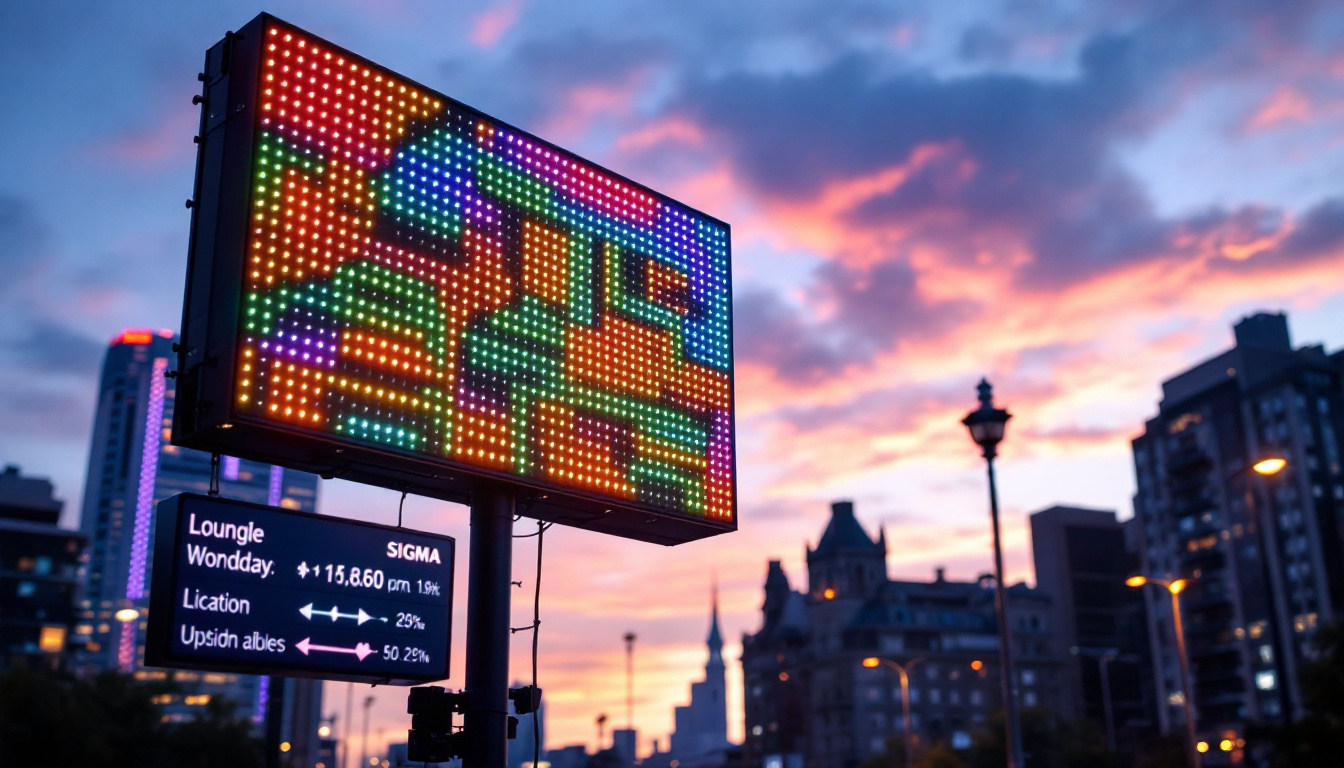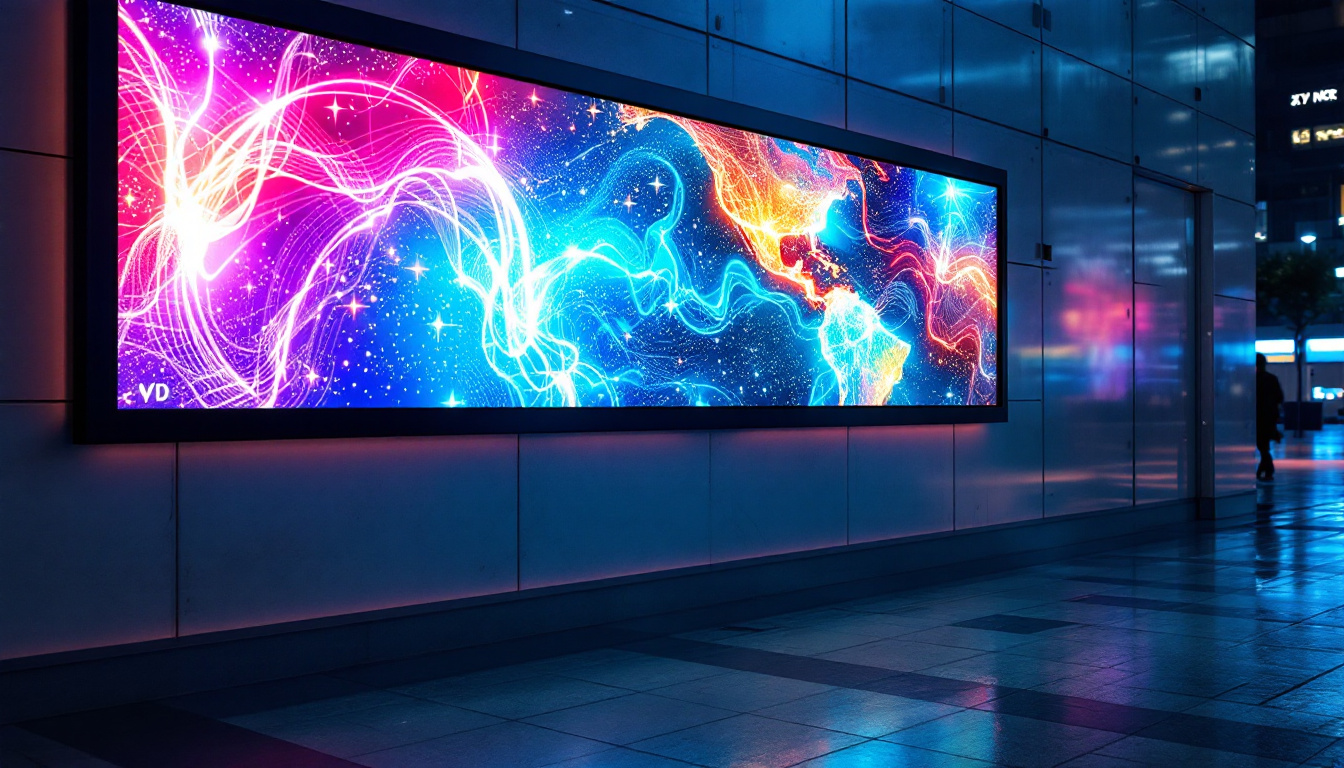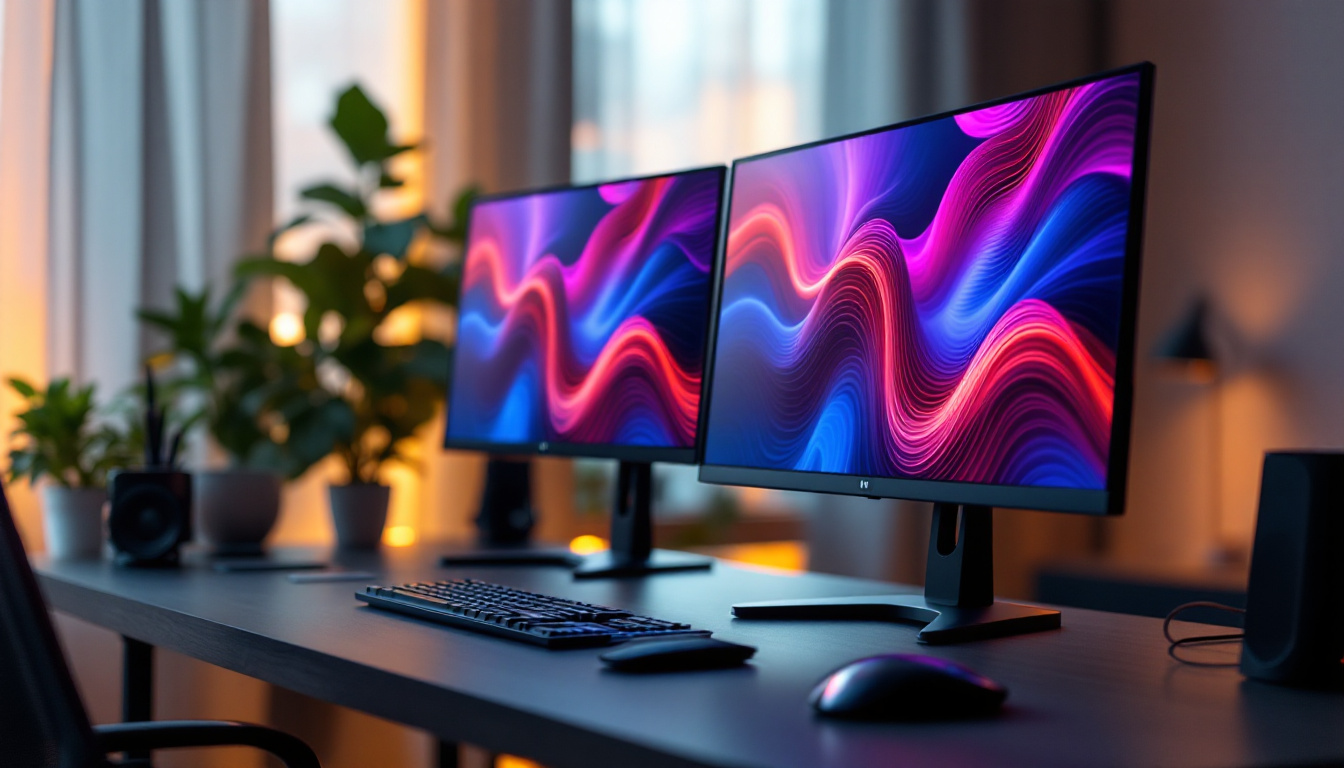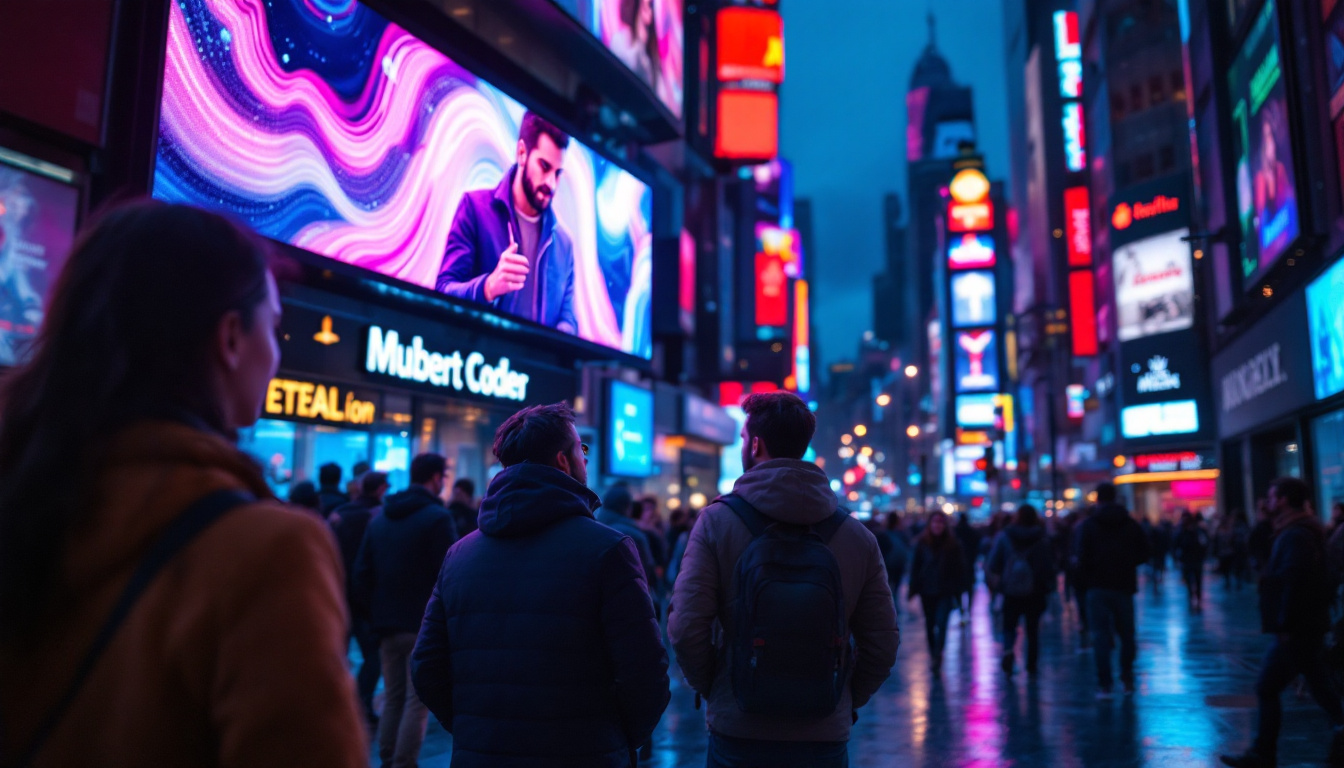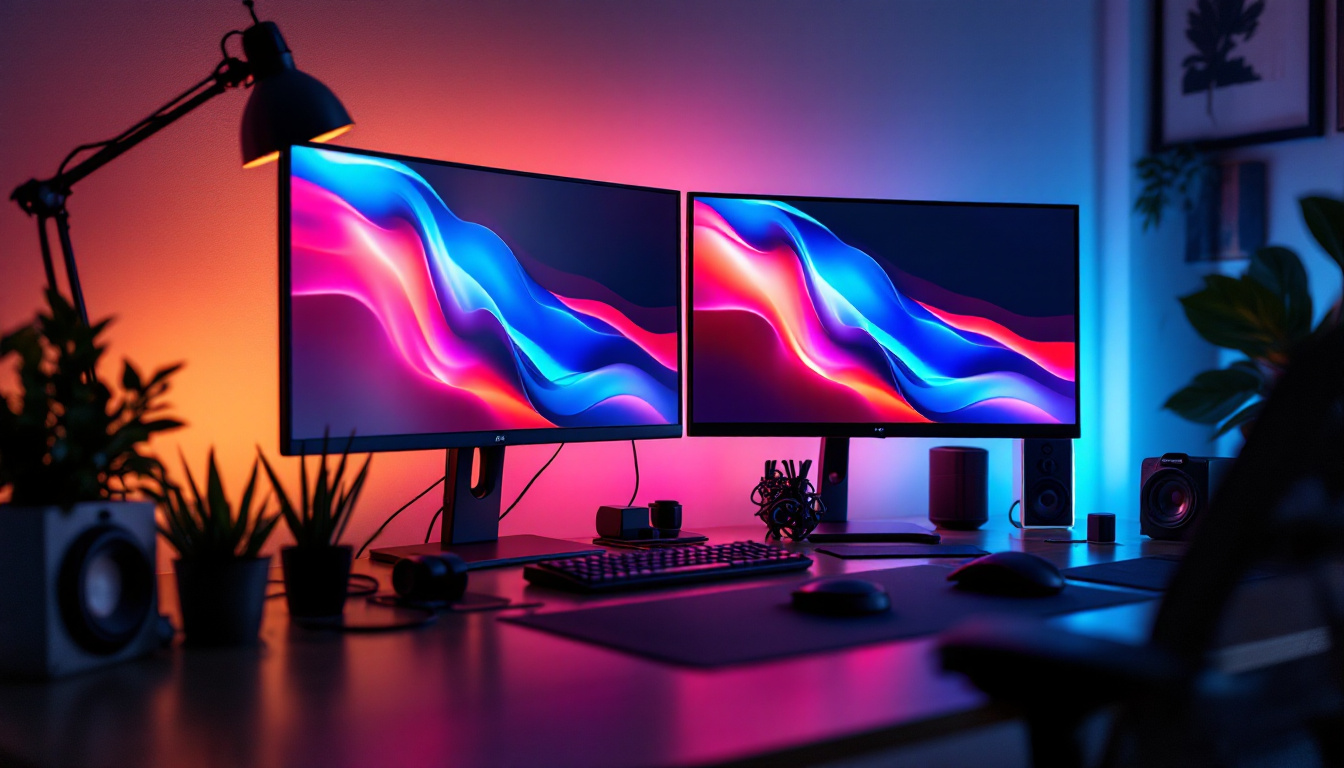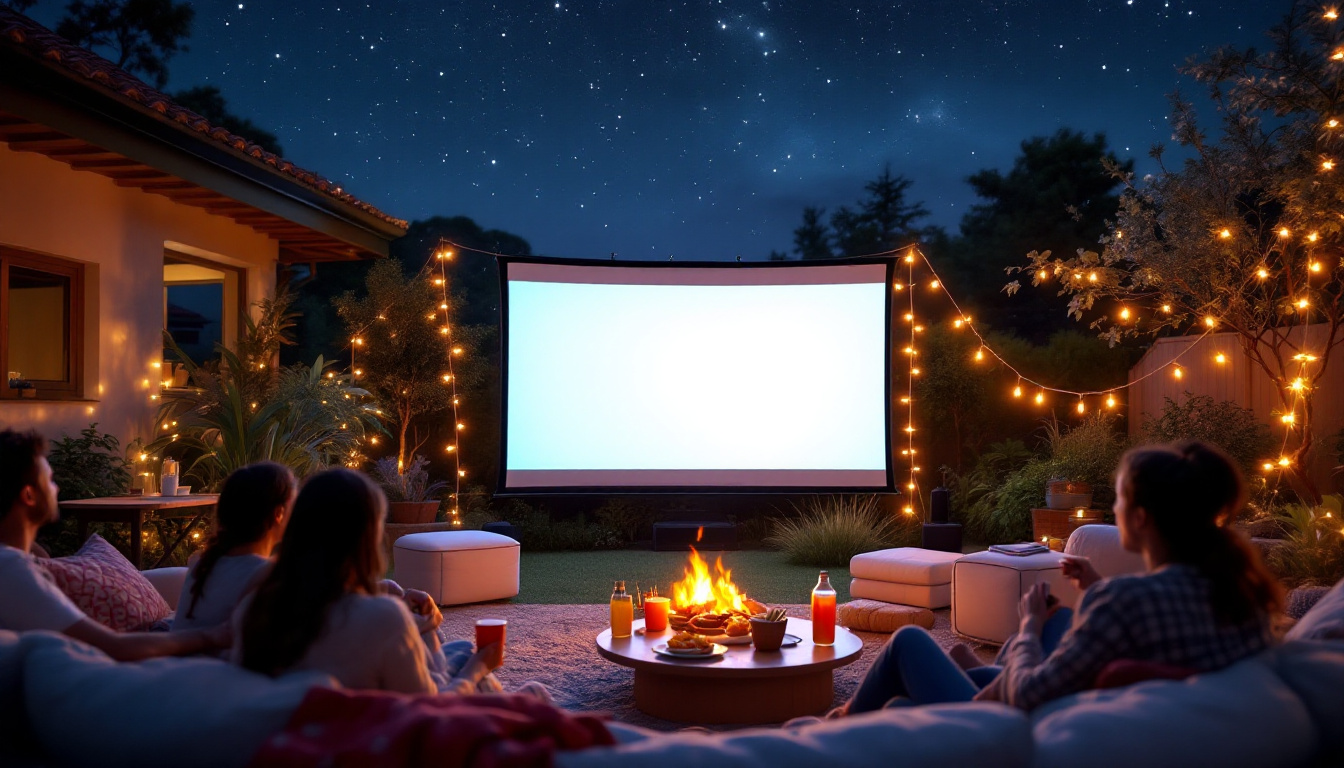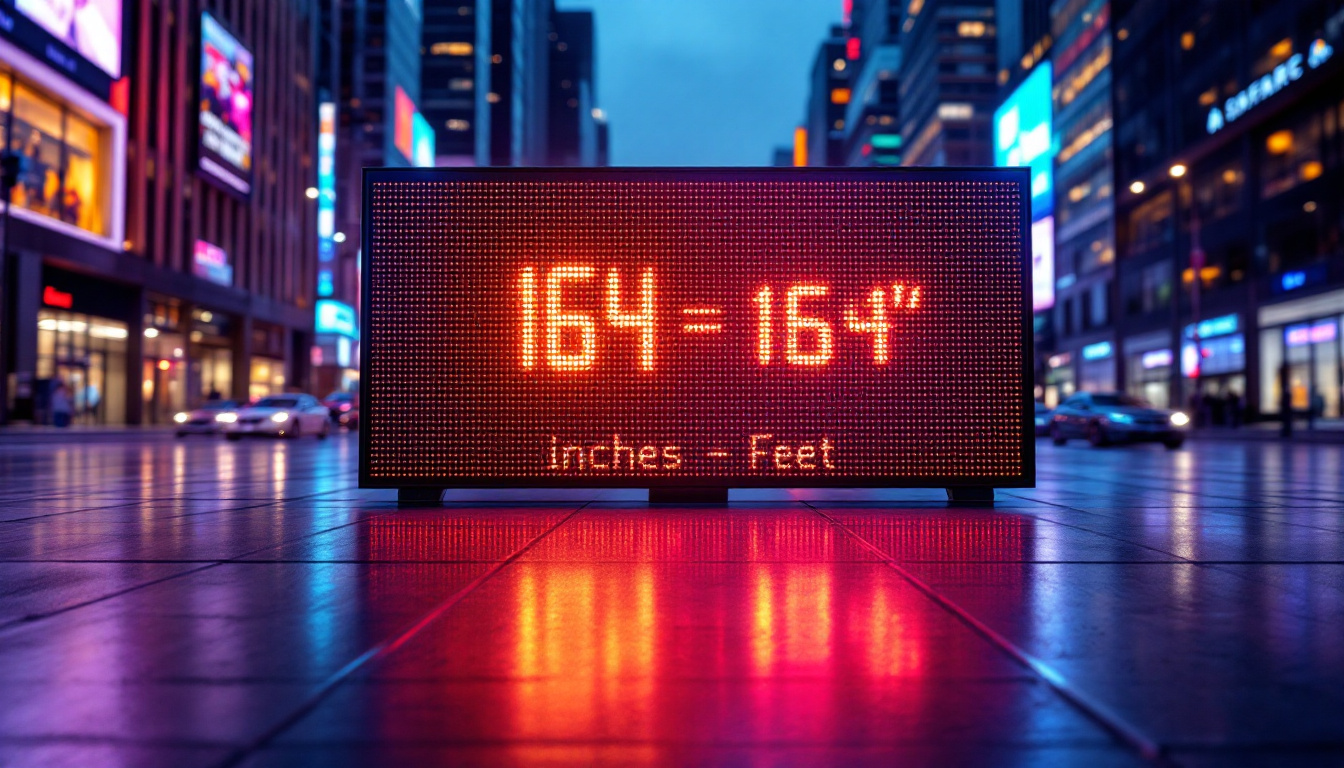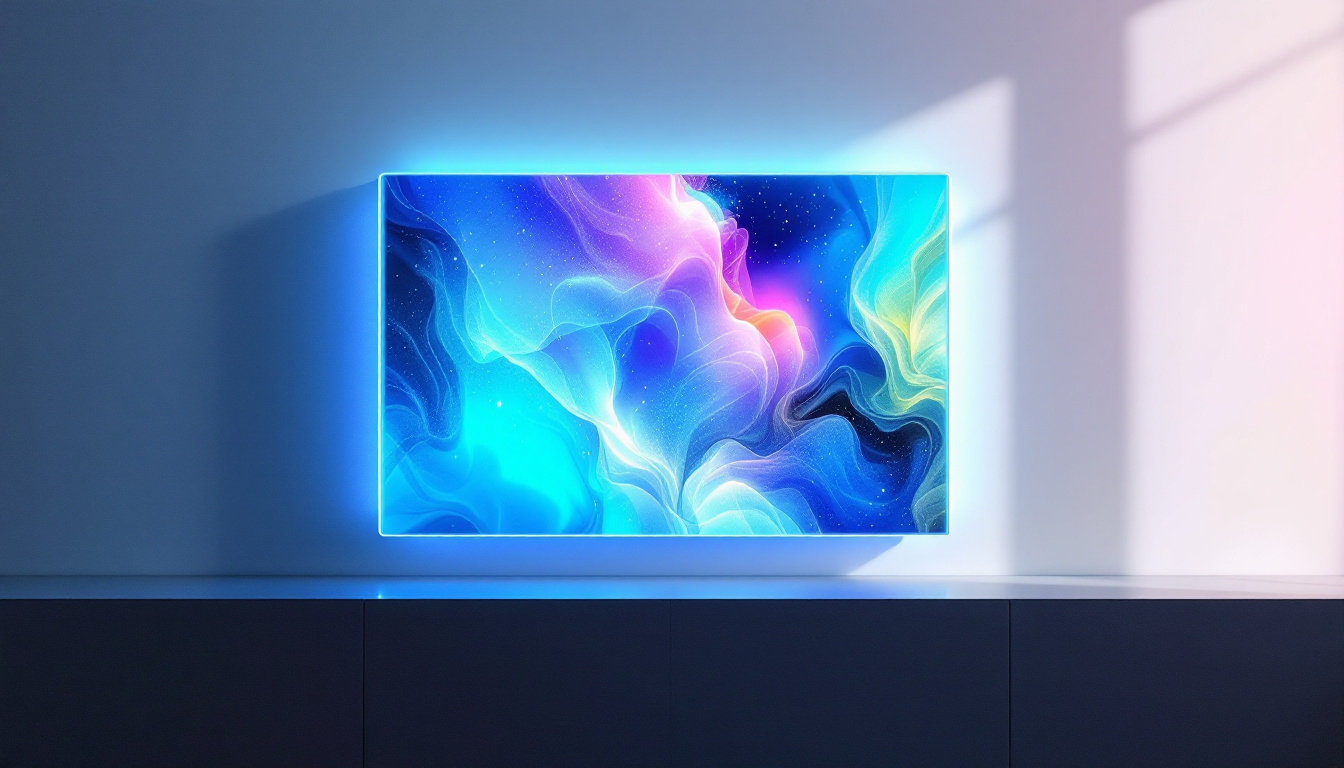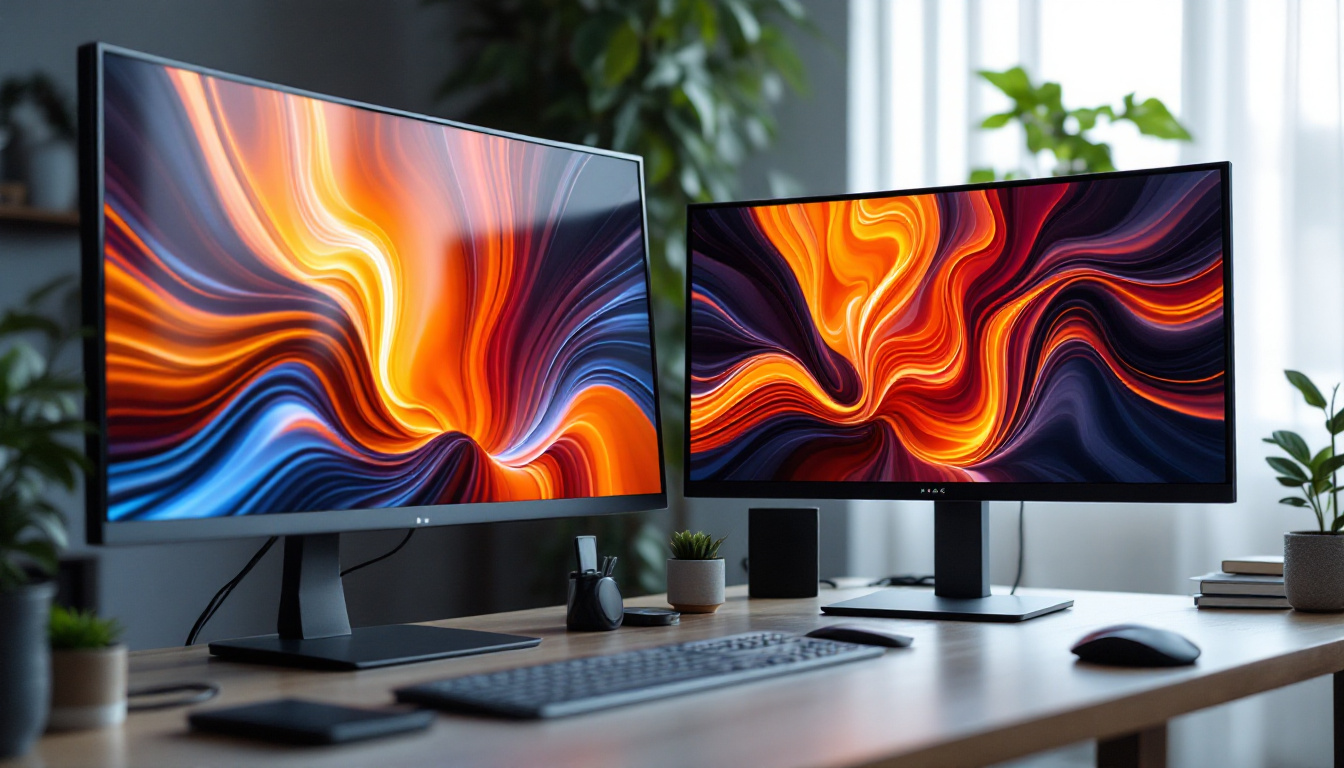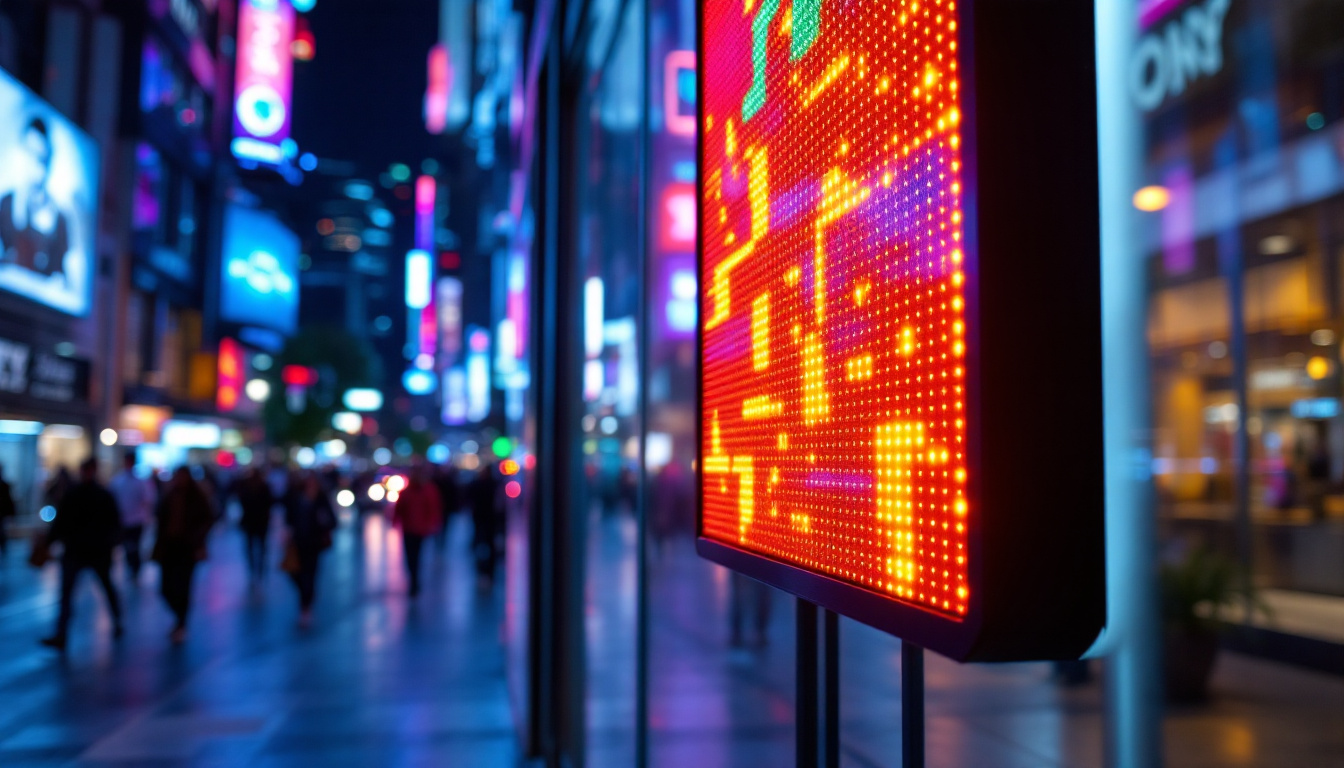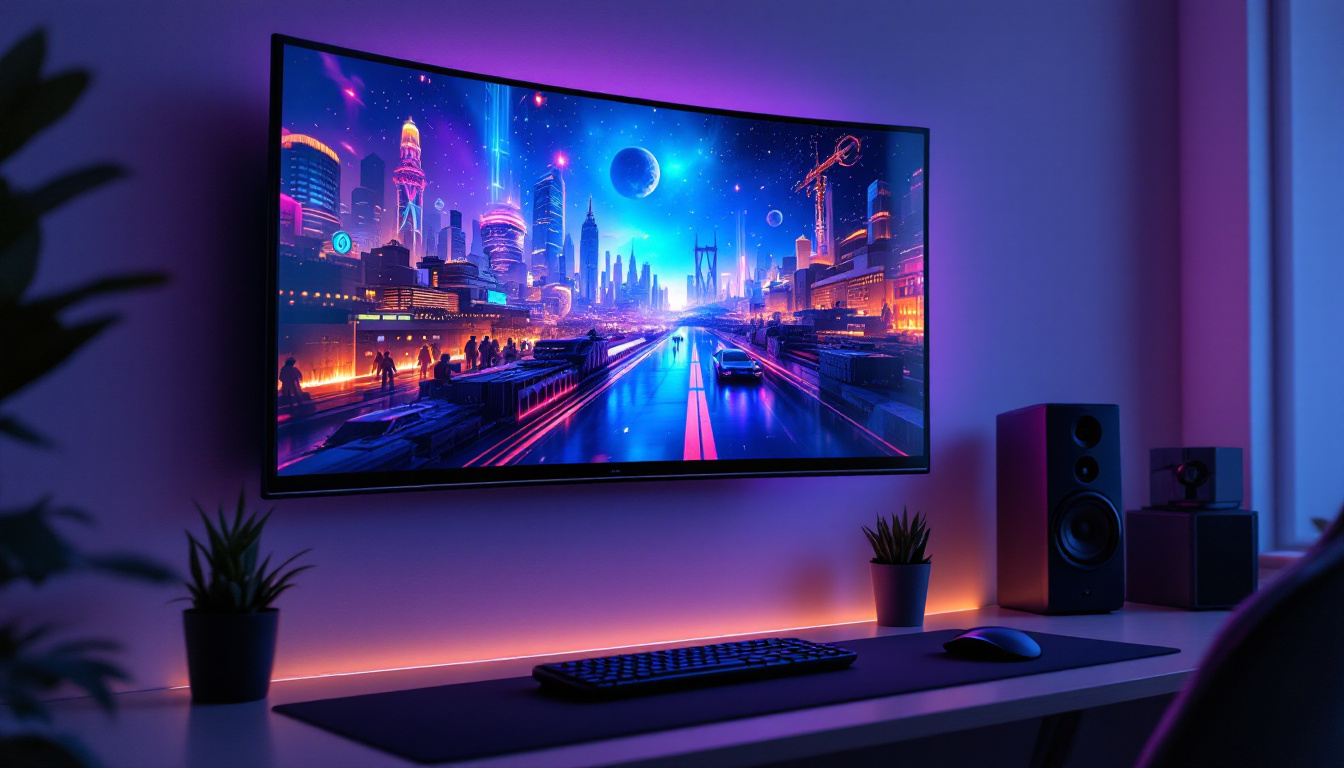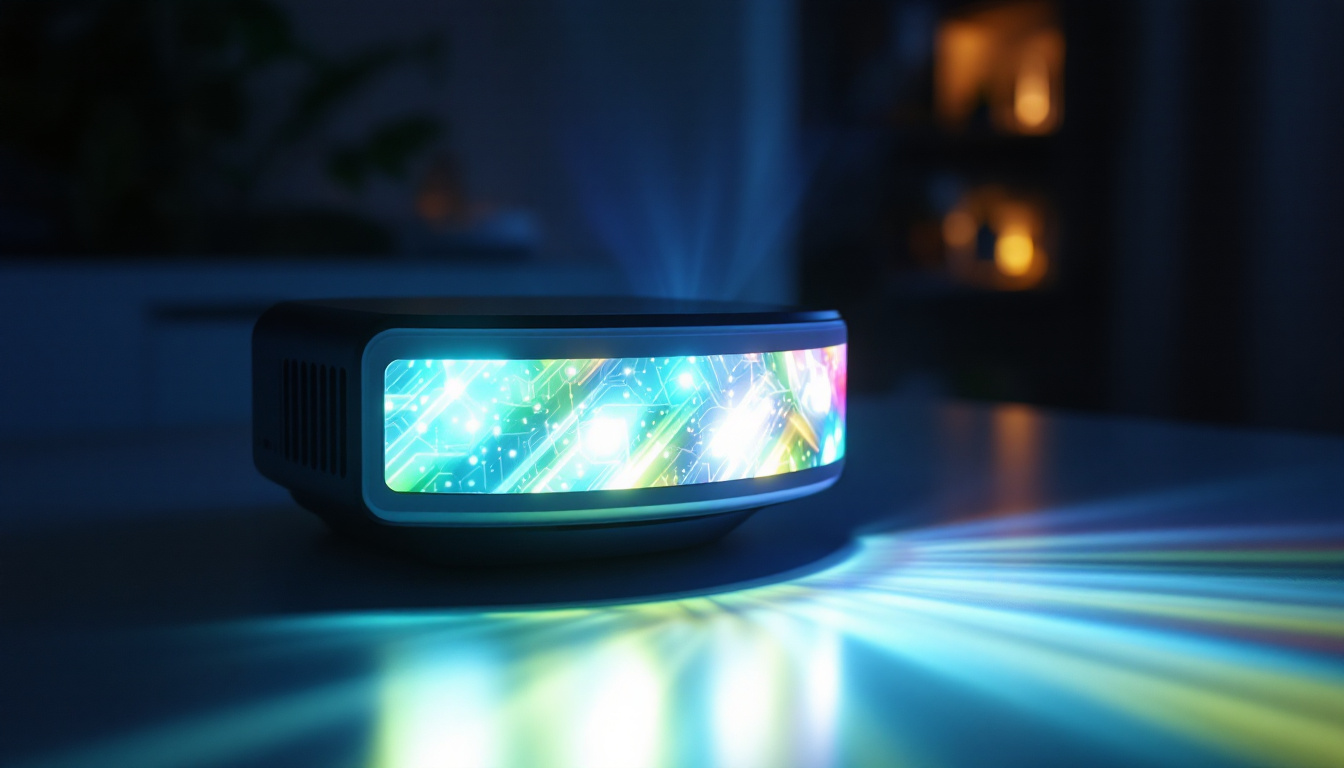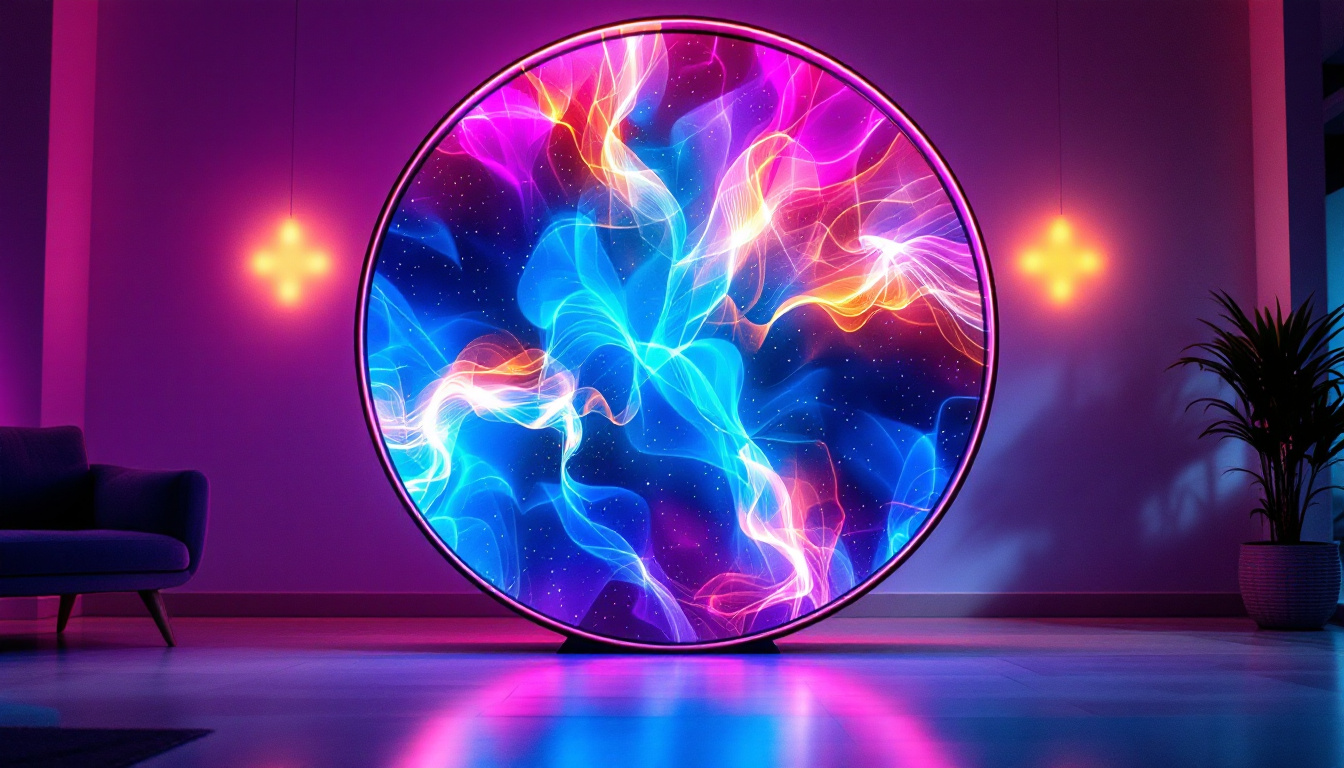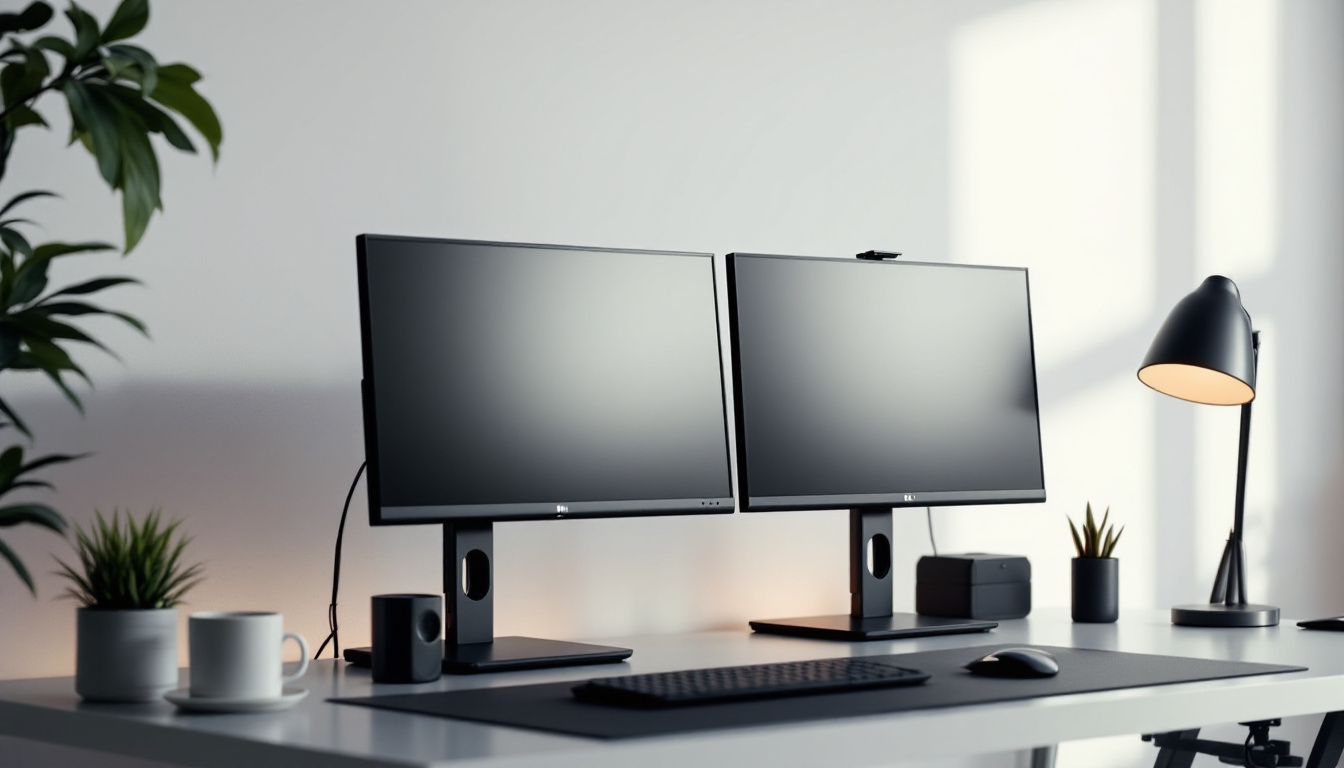In today’s digital age, visual presentations have become an integral part of communication in various settings, from corporate meetings to educational environments and entertainment events. One of the most effective ways to enhance these presentations is through the use of projector screens, particularly those utilizing LED technology. This article delves into the benefits of renting a projector screen with LED display capabilities, the different types available, and important considerations to keep in mind.
Understanding LED Technology
LED, or Light Emitting Diode, technology has revolutionized the way images and videos are displayed. Unlike traditional projection methods, LED displays offer superior brightness, contrast, and color accuracy. This section explores the fundamentals of LED technology and its advantages over conventional projection systems.
How LED Displays Work
At the core of LED technology is the use of semiconductor materials that emit light when an electric current passes through them. This process creates vibrant images with high luminosity. LED displays can be either direct view or rear projection, with each type offering unique benefits depending on the application.
Direct view LED displays consist of individual LED modules that are assembled to form a larger screen. This method allows for seamless images and can be scaled to any size, making it ideal for large venues. Rear projection screens, on the other hand, utilize LED projectors to cast images onto a translucent screen, providing a different viewing experience. The choice between these two types often depends on the specific requirements of the environment, such as space constraints and desired viewing angles.
In addition to their structural differences, the technology behind LED displays also varies. For example, some LED displays use RGB (Red, Green, Blue) configurations to create a full spectrum of colors, while others may employ white LEDs to enhance brightness. This versatility allows manufacturers to tailor their products for specific applications, whether it be for advertising, entertainment, or informational displays.
Advantages of LED Displays
One of the primary advantages of LED displays is their brightness. They can produce images that are easily visible in well-lit environments, making them suitable for various settings, from conference rooms to outdoor events. Additionally, LED displays have a longer lifespan compared to traditional projectors, reducing the need for frequent replacements. This longevity not only saves costs in the long run but also minimizes the environmental impact associated with electronic waste.
Moreover, LED technology offers superior color accuracy and contrast ratios, ensuring that images appear sharp and vibrant. This is particularly important for presentations that rely heavily on visual content, as it enhances viewer engagement and retention. The ability to display deep blacks and bright whites simultaneously allows for a more immersive viewing experience, making LED displays ideal for applications such as digital signage and high-definition video content.
Another significant advantage of LED displays is their energy efficiency. Compared to traditional lighting technologies, LEDs consume significantly less power, which translates to lower operational costs and a smaller carbon footprint. This efficiency is especially beneficial for large installations, where energy savings can be substantial over time. Furthermore, advancements in LED technology continue to improve energy consumption, making it an increasingly attractive option for both businesses and consumers looking to reduce their energy usage while enjoying high-quality visual displays.
Benefits of Renting a Projector Screen
Renting a projector screen, especially one with LED capabilities, comes with several advantages that can significantly enhance any event. This section highlights the key benefits of opting for rental services instead of purchasing equipment outright.
Cost-Effectiveness
One of the most compelling reasons to rent a projector screen is cost savings. Purchasing high-quality LED screens can be a significant investment, particularly for organizations that may only require them for occasional events. Renting allows access to the latest technology without the financial burden of ownership.
Additionally, rental services often include maintenance and support, ensuring that the equipment is in optimal condition for use. This alleviates concerns about equipment failures or the need for technical expertise during an event. Furthermore, many rental companies offer flexible pricing models, allowing clients to choose rental durations that suit their specific needs, whether it’s for a few hours, a day, or an entire week. This flexibility can lead to substantial savings, especially for smaller businesses or individuals who may not have the budget for outright purchases.
Access to the Latest Technology
Technology is constantly evolving, and renting a projector screen allows users to take advantage of the latest advancements in LED display technology. Rental companies frequently update their inventory, providing access to cutting-edge equipment that may not be feasible for individual purchase.
This access to the latest technology can enhance the quality of presentations, making them more engaging and effective. Whether it’s for a corporate event, trade show, or educational seminar, having the best equipment can make a significant difference. Moreover, many rental services offer a variety of screen sizes and formats, catering to different venue requirements and audience sizes. This means that event organizers can tailor their setup to maximize visibility and impact, ensuring that every attendee has a clear view of the presentation. Additionally, many rental companies provide setup and teardown services, allowing event planners to focus on other critical aspects of their event without worrying about the logistics of equipment handling.
Types of Projector Screens Available for Rent
When considering renting a projector screen, it’s essential to understand the various types available. Each type serves different purposes and is suited for specific environments. This section outlines the common types of projector screens that can be rented.
Portable Projector Screens
Portable projector screens are designed for easy transport and setup, making them ideal for events that require mobility. These screens can be set up quickly and are available in various sizes, accommodating different venues and audience sizes.
Typically, portable screens come with a lightweight frame and a carrying case, making them convenient for traveling professionals or organizations that frequently hold off-site events. Their versatility and ease of use make them a popular choice for many renters.
Fixed Frame Screens
Fixed frame screens are designed for permanent installation in a specific location, such as a conference room or auditorium. These screens provide a sleek, professional appearance and are often used in settings where high-quality visual presentations are essential.
Fixed frame screens are typically available in various aspect ratios and sizes, allowing for customization based on the specific needs of the venue. They are ideal for organizations that regularly conduct presentations and require a reliable display solution.
Motorized Screens
Motorized screens offer a convenient solution for those who want the flexibility of a retractable screen. These screens can be mounted on walls or ceilings and can be easily lowered or raised with the push of a button. This feature is particularly useful in multi-purpose spaces where the screen may need to be concealed when not in use.
Motorized screens are available in both standard and high-definition formats, ensuring that they meet the demands of any presentation. Their ease of use and sleek design make them a popular choice for corporate environments.
Considerations When Renting a Projector Screen
Before renting a projector screen, several factors should be taken into account to ensure the best possible experience. This section outlines key considerations that can help streamline the rental process and enhance the overall effectiveness of the presentation.
Size and Aspect Ratio
Choosing the right size and aspect ratio for the projector screen is crucial. The size should be determined based on the venue and the number of attendees. A larger screen may be necessary for larger audiences to ensure visibility from all angles.
Aspect ratio is another important consideration. Common aspect ratios include 4:3, 16:9, and 16:10, with 16:9 being the standard for most modern presentations, particularly those involving video content. Ensuring the correct aspect ratio will enhance the viewing experience and prevent distortion of images.
Screen Material
The material of the projector screen can significantly impact the quality of the displayed images. Different materials have varying levels of reflectivity and gain, which can affect brightness and color accuracy. For instance, matte screens are excellent for ambient light environments, while high-gain screens are ideal for darker settings.
Understanding the specific needs of the presentation will help in selecting the appropriate screen material, ensuring optimal performance during the event.
Rental Duration and Logistics
When renting a projector screen, it’s essential to consider the duration of the rental. Many rental companies offer flexible options, including daily, weekly, or monthly rates. Determining the rental period in advance can help in budgeting and planning.
Logistics also play a crucial role in the rental process. Arranging for delivery, setup, and pickup of the equipment should be discussed with the rental company to ensure a smooth experience. Proper coordination can prevent last-minute complications and ensure that the equipment is ready for use when needed.
Conclusion
Renting a projector screen with LED display capabilities can significantly enhance the quality of presentations across various settings. The advantages of LED technology, combined with the cost-effectiveness and flexibility of rental services, make it an appealing option for many organizations and individuals.
By understanding the different types of projector screens available, considering key factors when renting, and leveraging the benefits of LED technology, users can ensure that their presentations are engaging, professional, and impactful. Whether for corporate events, educational purposes, or entertainment, the right projector screen can make all the difference.
As technology continues to evolve, staying informed about the latest advancements in display technology will help in making informed decisions for future events. Embracing the possibilities offered by LED displays can lead to more dynamic and effective communication, ultimately enhancing the overall experience for both presenters and audiences alike.
Discover LumenMatrix’s Advanced LED Display Solutions
Ready to elevate your presentations and events with the latest in LED display technology? Look no further than LumenMatrix, a pioneer in creating immersive visual experiences. From Indoor and Outdoor LED Wall Displays to specialized solutions like Vehicle LED Displays, LED Sports Displays, and even Custom LED Displays, LumenMatrix offers a comprehensive range of products designed to captivate your audience and amplify your message. Don’t miss the opportunity to transform your visual communication. Check out LumenMatrix LED Display Solutions today and see the difference cutting-edge technology can make.

